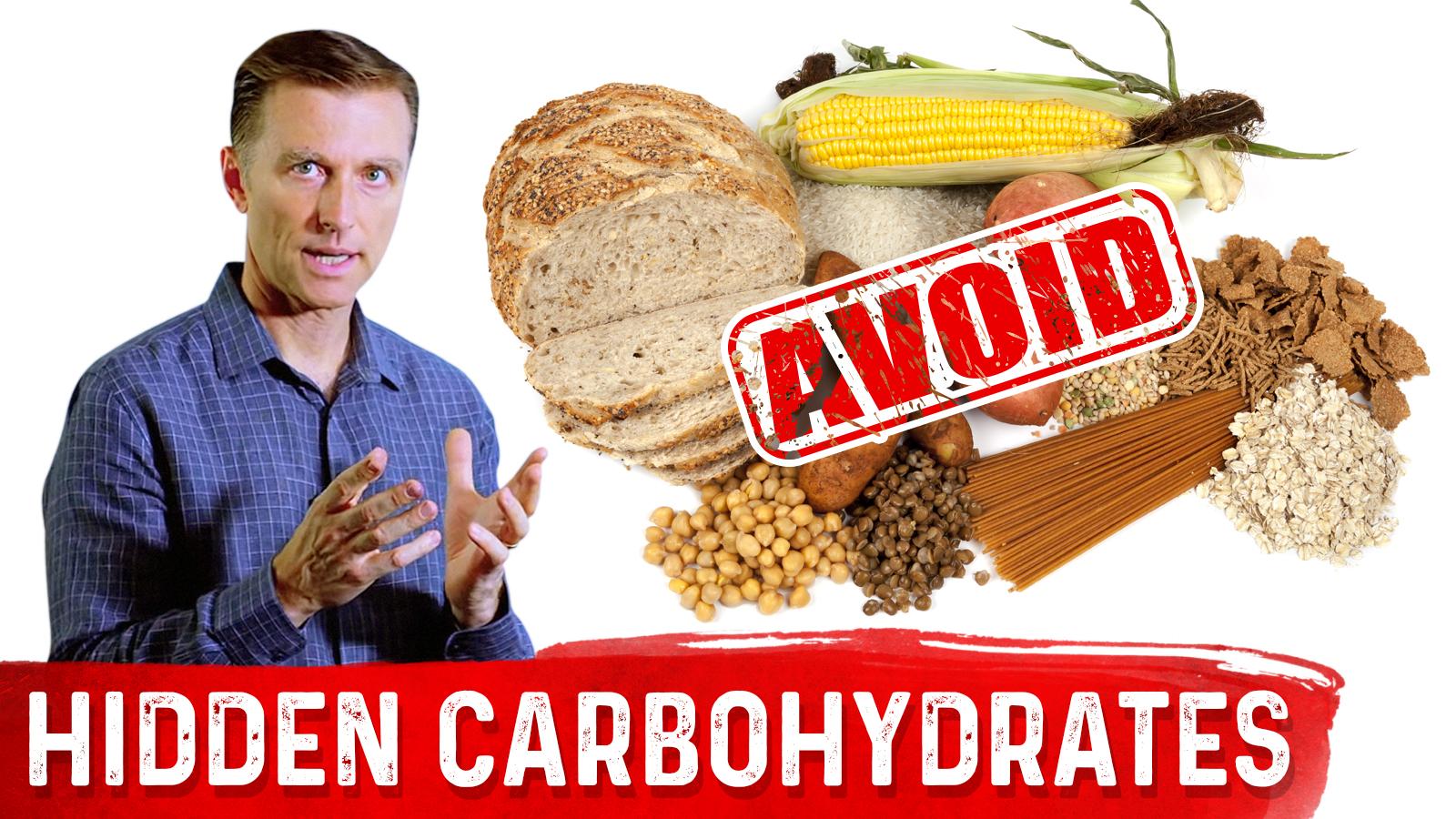In the ever-evolving landscape of dietary trends, the low-carb diet continues to stand out as a popular choice for those seeking quick and effective weight loss. As individuals increasingly prioritize their health and well-being, understanding the mechanisms and strategies behind successful low-carb dieting becomes crucial. This article delves into the most effective tips for maximizing weight loss on a low-carb diet, offering an analytical exploration of methods backed by science and practical application. By examining key factors such as macronutrient balance, meal planning, and lifestyle integration, we aim to equip readers with the knowledge and confidence needed to embark on their low-carb journey with clarity and purpose. Whether you’re a seasoned dieter or a newcomer to this nutritional approach, our insights are designed to guide you toward achieving your weight loss goals efficiently and sustainably.
Understanding the Science Behind Low Carb Diets
Delving into the mechanics of low carb diets reveals a fascinating interplay between macronutrient manipulation and metabolic adaptation. By significantly reducing carbohydrate intake, these diets shift the body’s primary energy source from glucose to ketones, derived from fats. This metabolic state, known as ketosis, encourages the body to burn stored fat more efficiently, thus facilitating weight loss. It’s not just about cutting carbs but understanding how the body’s hormonal responses, such as insulin levels, adapt to new dietary patterns. These shifts can help reduce appetite and improve metabolic health, making low carb diets a strategic approach for those aiming for quick weight loss.
- Insulin Regulation: Lowering carb intake helps stabilize blood sugar levels, minimizing insulin spikes and promoting fat burning.
- Increased Satiety: High-protein and fat-rich foods often consumed in these diets can enhance feelings of fullness, reducing overall calorie intake.
- Enhanced Fat Oxidation: With carbs scarce, the body adapts by oxidizing fat for fuel, leading to accelerated fat loss.
Understanding these scientific principles not only helps tailor a more effective low carb diet plan but also ensures a healthier approach to weight management. By aligning dietary habits with these biological insights, individuals can achieve their weight loss goals more efficiently and sustainably.
Optimizing Your Meal Plans for Effective Weight Loss
Transforming your dietary habits can be a game-changer in your weight loss journey, especially when focusing on reducing carbohydrate intake. A low-carb diet, when optimized effectively, not only helps in shedding pounds quickly but also boosts your overall health. Strategic planning is key. Start by identifying and eliminating high-carb foods such as sugary drinks, pastries, and bread from your meals. Instead, incorporate nutrient-dense alternatives that will keep you full and energized.
- Embrace Healthy Fats: Incorporate sources like avocados, nuts, and olive oil to keep you satiated longer.
- Prioritize Protein: Focus on lean meats, fish, and eggs to maintain muscle mass while losing weight.
- Incorporate Fiber-Rich Vegetables: Vegetables like broccoli, spinach, and zucchini are low in carbs but high in essential nutrients.
Meal prepping can further enhance your diet’s effectiveness. By preparing meals in advance, you ensure that healthy options are always available, reducing the temptation to revert to high-carb snacks. Remember, consistency is crucial; stick to your plan, monitor your progress, and adjust as necessary to continue seeing results.

Identifying Hidden Carbs in Everyday Foods
When embarking on a low-carb diet, it’s crucial to be aware of the often-overlooked sources of carbohydrates that can sneak into your meals. Many foods that appear to be low in carbs may contain hidden sugars and starches, which can derail your dietary goals. Here are some common culprits to watch out for:
- Condiments: Sauces like ketchup, barbecue sauce, and salad dressings can be loaded with sugars. Opt for sugar-free versions or make your own at home to keep your carb intake in check.
- Processed Meats: Items such as sausages and deli meats may contain fillers and added sugars. Always read the labels carefully or choose fresh cuts of meat to avoid these hidden carbs.
- Yogurts: While plain Greek yogurt can be a good low-carb option, many flavored yogurts have significant amounts of added sugars. Stick to unsweetened varieties and add fresh berries for flavor.
- Snack Bars: Marketed as healthy, many granola and protein bars contain high levels of carbohydrates. Look for options that are specifically labeled as low-carb or keto-friendly.
By being mindful of these hidden sources of carbohydrates, you can make more informed food choices and stay on track with your low-carb diet. Remember, the key to success is in the details, so always scrutinize nutrition labels and ingredient lists with a critical eye.

Incorporating Exercise to Maximize Low Carb Benefits
Combining a low carb diet with regular physical activity can significantly enhance your weight loss journey. When your body is deprived of carbohydrates, it turns to stored fat for energy, and exercise can accelerate this process. Incorporating both resistance training and cardiovascular exercises can lead to optimal results. Resistance training helps maintain and build muscle mass, which is crucial for boosting metabolism, while cardio exercises like running, cycling, or swimming increase calorie expenditure and improve heart health.
To maximize the benefits, consider the following strategies:
- Start slow and build up: Gradually increase the intensity and duration of your workouts to avoid burnout and injury.
- Focus on high-intensity interval training (HIIT): This form of exercise is effective in burning fat while preserving muscle mass.
- Stay hydrated: Proper hydration is vital, especially when engaging in physical activities on a low carb diet.
- Listen to your body: Rest when needed to ensure recovery and prevent overtraining.
By aligning your exercise routine with your low carb diet, you can effectively expedite fat loss while improving overall fitness and well-being.
